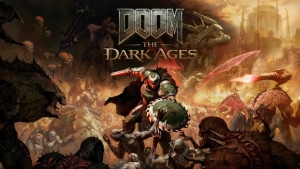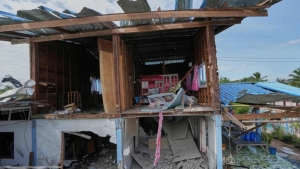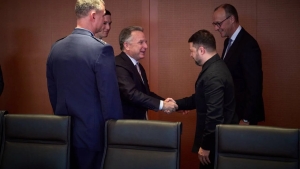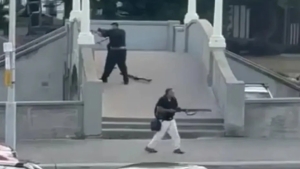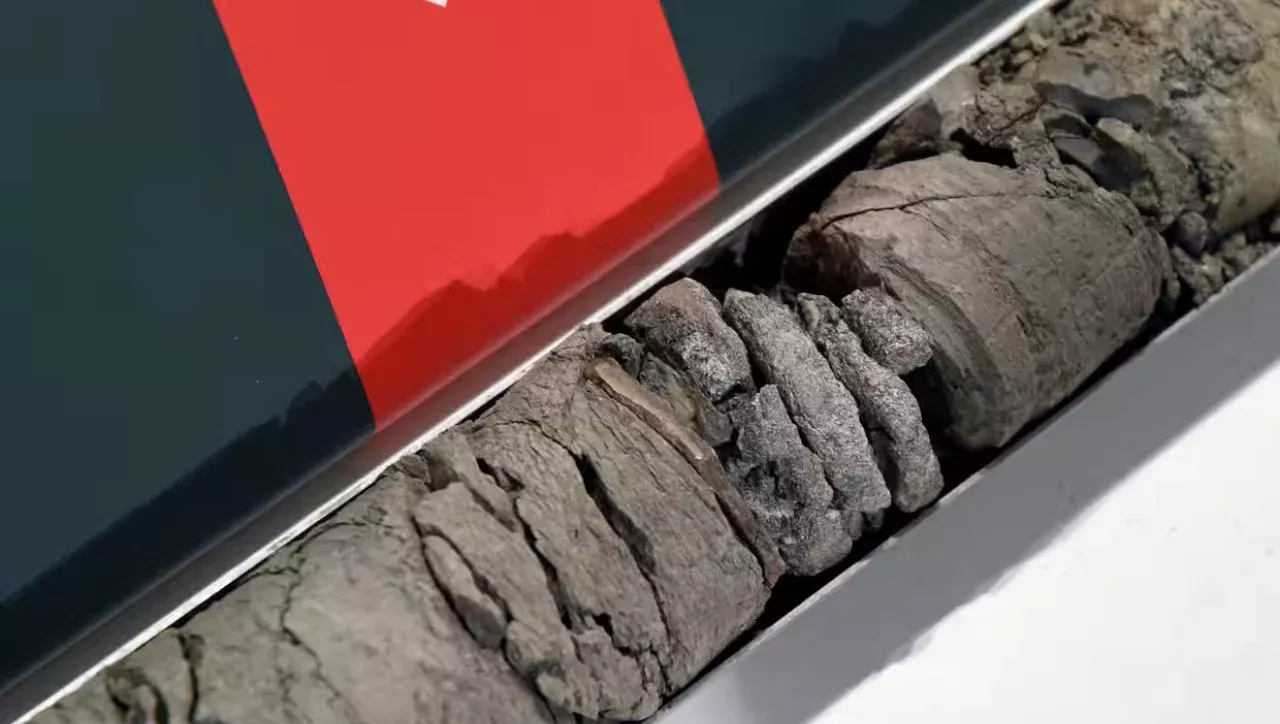
Experts from the Museum of Nature and Science in Denver encountered an unexpected discovery. This was reported by Zamin.uz.
A bone fragment belonging to a dinosaur was found under the parking lot of the famous museum. This museum has always been known for its giant dinosaur skeletons that amaze both children and adults.
However, although this recent find does not fall among the visible exhibits in the museum, its significance is very great. The find was identified from a sample taken from a 230-meter deep borehole drilled by museum specialists for the purpose of studying underground geothermal energy.
Interestingly, the borehole was only five centimeters wide, making the chance of finding a dinosaur bone in such a narrow hole almost impossible. The museum's geology curator, James Hagedorn, described this situation as a very rare occurrence.
According to experts, the found bone likely belongs to a small herbivorous dinosaur that lived approximately 67.5 million years ago, at the end of the Cretaceous period. Plant remains were also found near the bone, indicating that the area was a swampy and plant-rich environment at that time.
The museum's curator of vertebrate paleontology, Patrick O'Connor, explained the preservation of the plant remains along with the bone. Previously, bones belonging to famous dinosaur species such as Tyrannosaurus Rex and Triceratops have been found in the Denver area, but this find is considered the deepest and oldest in the city.
At the same time, Thomas Williamson, the paleontology curator at the New Mexico Museum of Natural History, assessed the find as scientifically unexpected but not particularly surprising. He emphasized that it is difficult to determine exactly which species it belongs to.
Erin LaCount, the director of the Dinosaur Ridge track site near Denver, expressed great interest in the find and considers it very important. In her opinion, the bone may belong to a "duck-billed" dinosaur or a smaller species similar to it.
Currently, the found bone is being displayed in the museum's special exhibition section. However, the museum administration does not plan to demolish the parking lot and conduct further deep drilling.
James Hagedorn wishes to find the remaining parts, but due to the need for parking, this will not happen. Thus, this unexpectedly found bone is becoming an interesting exhibit not only for science but also for museum visitors.
This find raises new hope and interest not only for the residents of Denver but also for dinosaur enthusiasts around the world.



